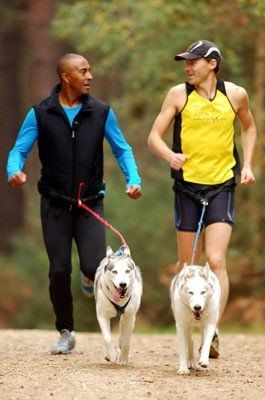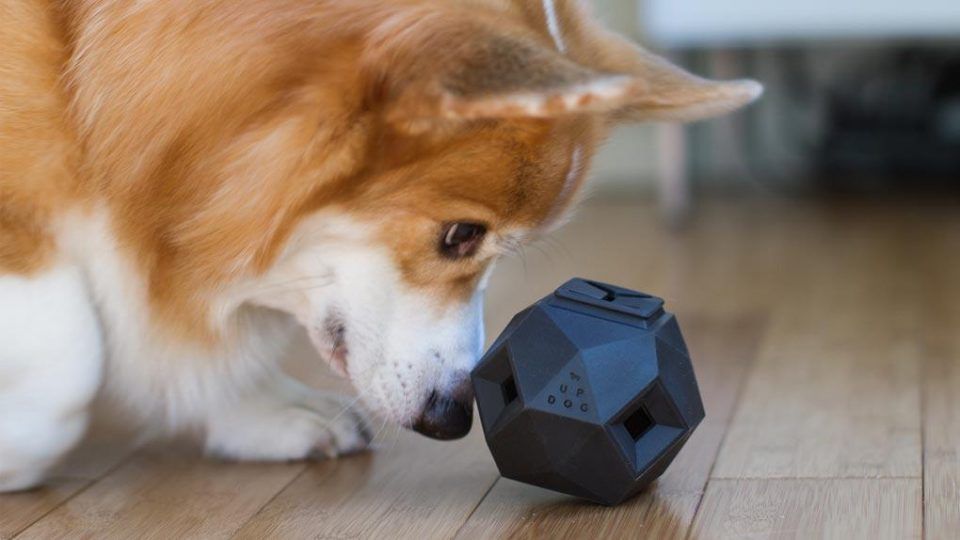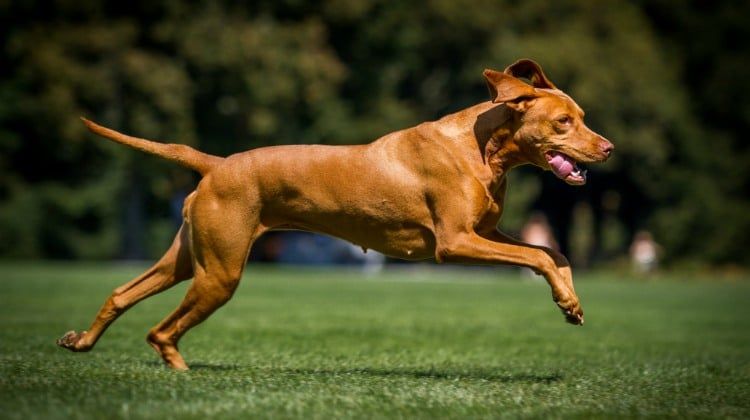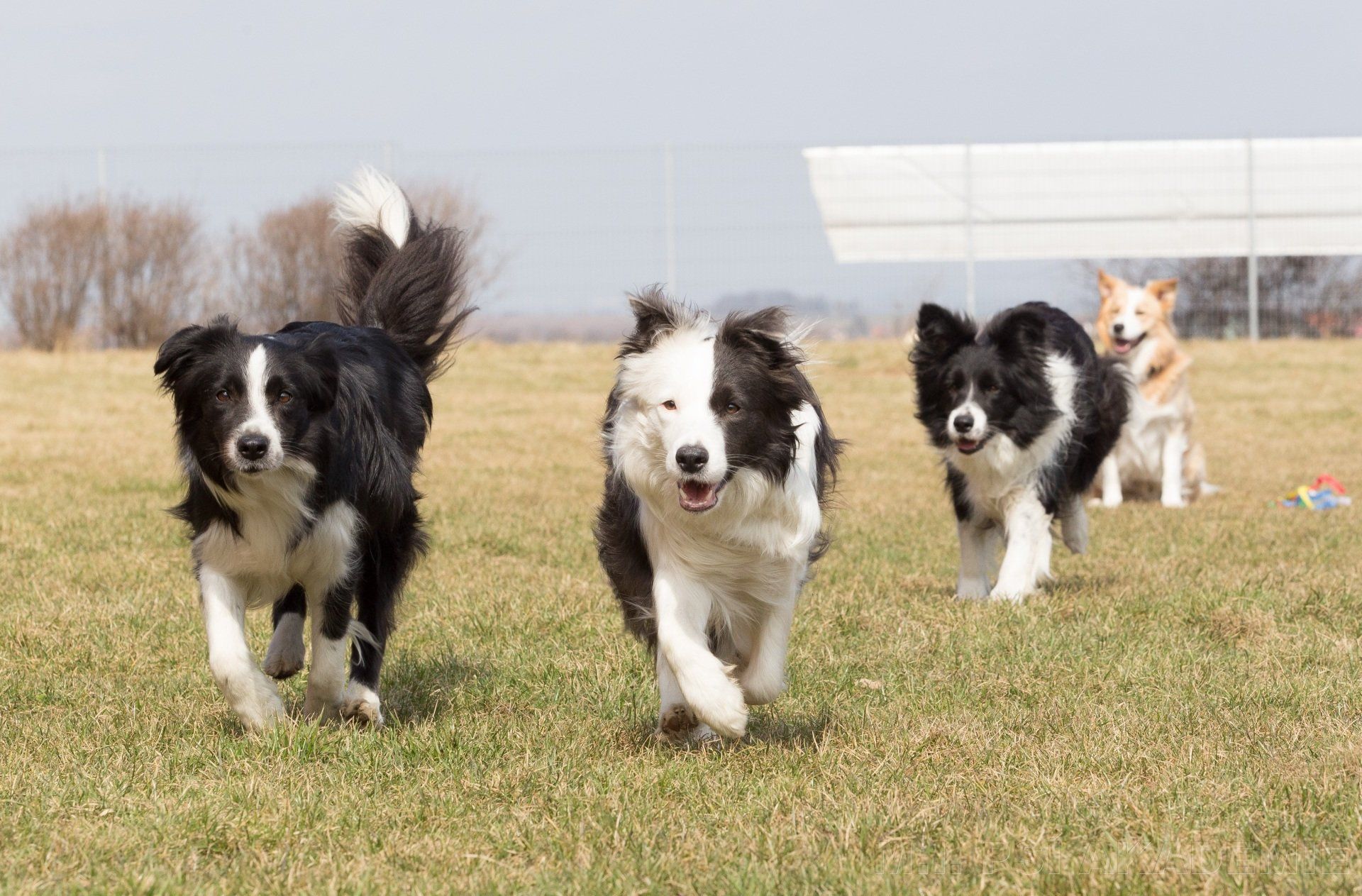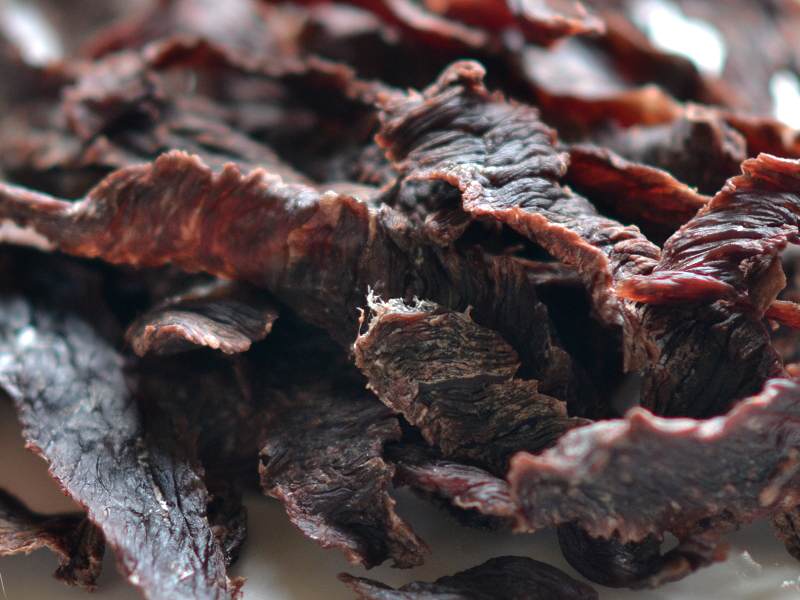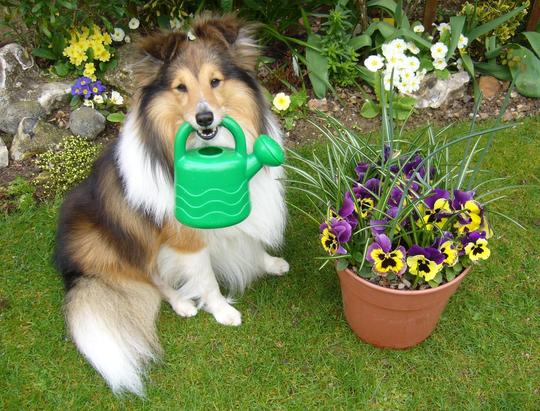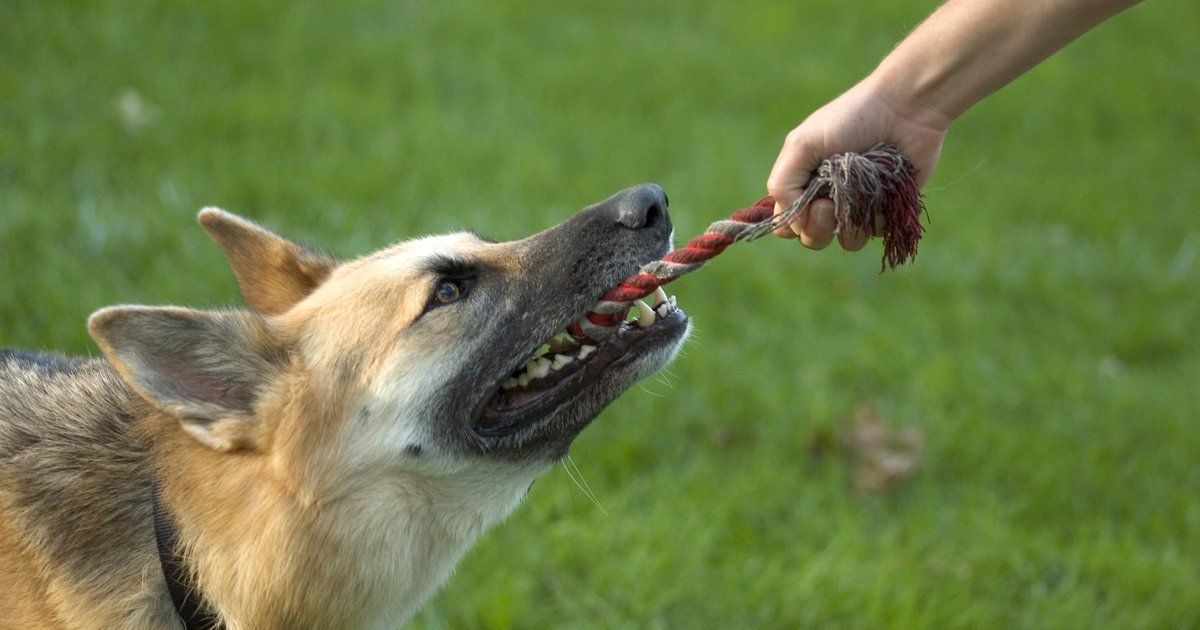Origin of Clicker Training
Pavlov's Accident
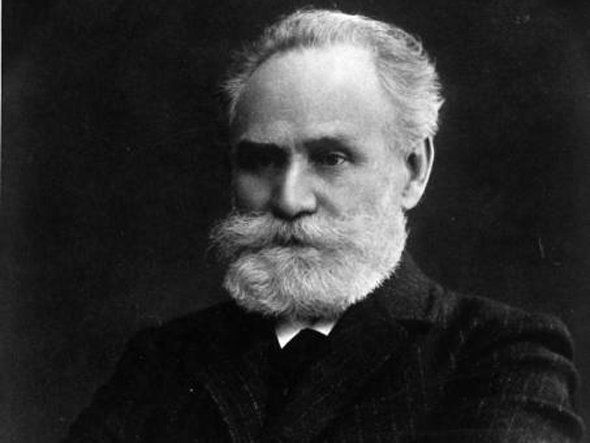
Like many great scientific advances, Pavlov’s classical conditioning was discovered accidentally.
Pavlov showed the existence of the unconditioned response by presenting a dog with a bowl of food and the measuring it's salivary secretions.
However, when Pavlov discovered that any object or event which the dogs learnt to associate with food would trigger the same response, he realised that he had made an important scientific discovery. Such was the lab assistant that would feed the dogs.
Somehow the dogs in his lab had learned to associate his lab assistant with food. And he rightfully thought that must have been learned, because at one point the dogs didn’t associate the lab assistant with food, and there came a point where they started demonstrating that association, so their behaviour had changed. A change in behaviour of this type can only be the result of learning, so the experiment began.
In behaviourist terms, the lab assistant was originally a neutral stimulus. It is called neutral because it produces no response. What had happened was that the neutral stimulus (the lab assistant) had become associated with an unconditioned stimulus (food). This turned the lab assistant into a Secondary Reinforcer. Which means that over time, he dogs learned that Lab Assistant = Food.
So in his experiment, Pavlov used a bell as his neutral stimulus. Whenever he gave food to his dogs, he also rang a bell.
After a number of repeats of this procedure, he tried the bell on its own. As you might expect, the bell on its own now caused an increase in salivation.
